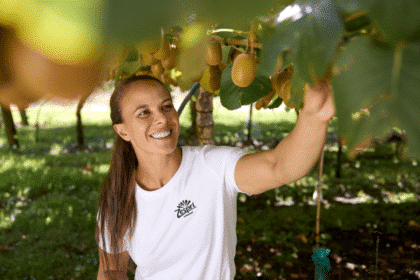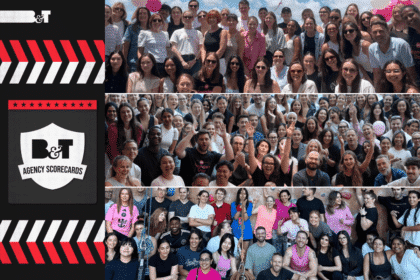With Australians having endured a brief hiatus from live sport earlier this year, audiences are now primed for a shift in consumption, argues James Young, Managing Director of Australia at Magnite in this piece.
There’s no denying sport is part of most Australians’ DNA and while we faced lock outs from attending games in person, live sports on TV have been a welcome distraction for many. Before COVID-19 hit, the broadcast industry was already in the midst of a technical evolution (or some might say revolution) and the events of the last few months have only accelerated the shift to digital viewing. This means that there’s a real opportunity for brands to make the most of this emerging opportunity and engage with these passionate sports fans during OTT live sports broadcasts.
Internet-Connected Viewing Shifts Habits
The arrival of home lockdowns undeniably acted as a catalyst for people watching more TV generally this year. Indeed ThinkTV has reported that the crisis has sparked a rise in TV and catch-up viewing and their latest data shows BVOD viewership remains high with more than 19 million hours watched last week alone and consumption up 26 per cent compared to pre-lockdown.
While catch up and catalogue content is a dominant force in streaming TV, live BVOD viewing is also showing encouraging signs of growth. A third of broadcast video on demand (BVOD) is now live linear and two thirds video on demand (OZTAM VPM data). With companies such as Optus winning sports rights and Kayo leading the charge on flexible viewing options for multiple sporting codes – the stage is set for live sports on OTT.
Experience and Engagement
One of the key benefits to consumers when it comes to viewing live sports on OTT is that they have more flexibility to watch what they want. For example, Nine made it possible for viewers to live stream the matches they wanted to see during the Australian Open, rather than having to watch just the ones shown on the main channels. Some broadcasters are taking this up a notch by delivering experiences that bring fans even closer to the action. This includes giving viewers the option of choosing what area of the stadium they want to sit in or putting them in the perspective of the athletes, as was the case with the F1 Austrian Grand Prix.
While broadcasters work hard to deliver the optimum viewing experience across any screen, whether it be through an internet-connected TV set or a mobile phone, it falls to brands to ensure their advertising creative aligns with the engaging nature of live sport content. A unique opportunity that the live sport environment presents is the chance to have ad creative play off of what happens throughout sporting events such as time outs and goals.
Optimising Ad Buying In a Live Sports Context
Beyond the contextual framework, advertisers need to prepare to capitalise on the traffic spikes that naturally occur in live events and protect against overspending which means there will be a few differences in how campaigns should be set up.
The first of these is budget fluidity. Consider how much you are willing to spend on the live event and be open to the fact that a close game that goes into overtime might see a huge spike in viewership – which is a huge advertising opportunity – if you still have budget.
Building on this, it’s worth reconsidering how you pace your budget over a period. For example, if you spread your budget out carefully over a week, you may not have sufficient budget to take advantage of the opportunities in a weekend game. Instead, consider having separate pacing goals for live sports.
Finally, think beyond hard frequency caps when buying. Think instead about ‘peak audiences’ and consider interval caps. Should your ad be in front of a viewer once a quarter, during half time or once a game?
A word to the wise on viewer forgiveness, or lack thereof, with live sport CTV ad experiences. Load times and glitches are simply unacceptable because, let’s face it, major sporting moments won’t wait so the viewer will not accept interruption.
The reality is that viewers still very much want to tune into live sports and they are increasingly tuning in on various devices, in addition to watching on the big screen in the living room. With the innovation in technology, demand for sports content and the thirst from passionate and digital savvy TV viewers seeking greater all-round live video experiences, as well as brands looking for greater cut through on new platforms, 2021 seems perfectly poised to be the year that live sport in OTT will reach new highs.








